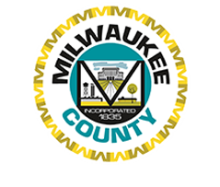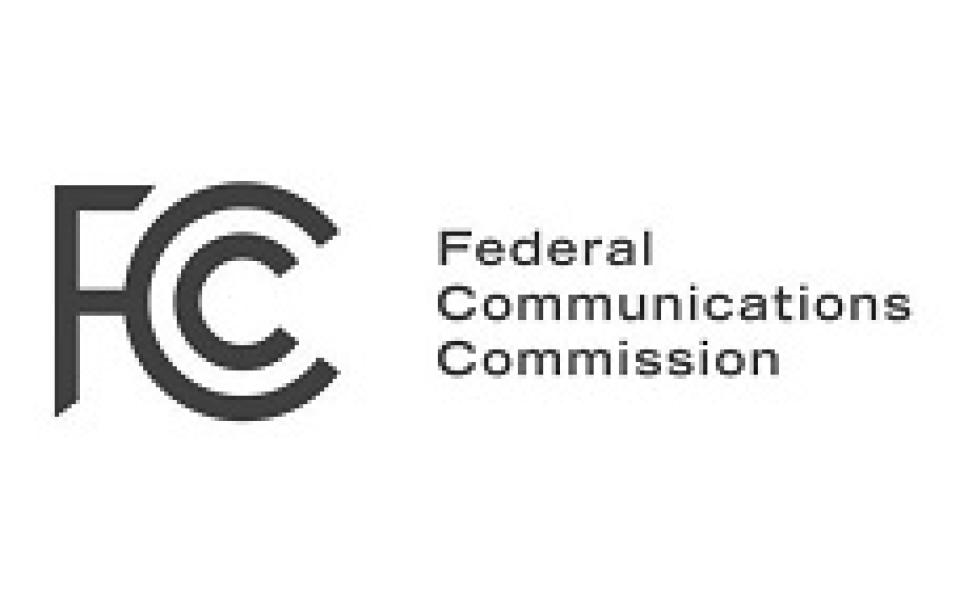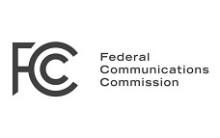
Fast, affordable Internet access for all.

Milwaukee County, Wisconsin, is currently experiencing firsthand the consequences of the Federal Communications Commission’s (FCC's) 2018 preemption of local governments’ authority to regulate 5G infrastructure in their cities. With its initial handful of applications for new small cell transmitters just submitted to the county board by Verizon under the new rules, local officials are grappling with a host of limitations — including fee caps, shorter timing windows, and right of way exemptions — which outline clearly a problem more and more communities will face in the coming months and years.
Less Say, Less Money
We pointed out when the FCC handed down the order in the fall of 2018 that it represented a significant giveaway to wireless carriers while placing additional restrictions and financial burdens on local regulators, most of which are county boards and city departments. Among the most troublesome of the order’s provisions are new 60- and 90-day approval windows for the installation of infrastructure on existing and new wireless facilities, a limitation to annual fee scales for small cell sites set between $100-250, a right now enjoyed by wireless providers to place infrastructure on municipally owned poles and traffic lights, and a rule that says if regulating authorities don’t get to an application within 60 days it automatically becomes approved. The 9th U.S. Circuit Court of Appeals upheld the fee cap in a ruling last Wednesday.

In sum, it puts additional strain on local governments (many of whom are already stretched thin) while limiting their ability to set their own fees for access to publicly owned infrastructure as well as the expedited work they are being forced to do. At the time, opponents called it a public tax on private 5G deployment, a giveaway, and a move that stripped municipalities of their rights to regulate infrastructure in their own community. Wisconsin's Senate Bill 239 [pdf], which the state legislature passed last July, codified these rules.
Feeling Squeezed
5G (which can provide higher throughput to more connected devices in a given area) requires dense coverage to work, which means providers need to add lots of new transmitters and receivers onto existing poles. But they will also need to add a host of new poles and the attendant fiber backhaul to support the network. For example in Milwaukee County, Verizon is applying for access to a mile-long route that runs across public park land to connect its infrastructure.
"The truth is were being screwed by the State of Wisconsin by this.. our costs, we're the ones paying the staff, we’re the ones who go through our communities, we’re the ones who are going to have to review the licenses. And then we’re being told how much we can charge," said Sup. Sheldon Wasserman in response to the regulations.
Locals have expressed concern that because each provider can build its own network of small cell site poles, they could soon be seeing a forest of 30- to 50-foot tall towers around every public space and along the waterfront. "As far as I can tell, it's corporate greed. Corporate takeover of our public spaces." Sup. Steven Shea commented. Municipalities have been fighting back: legislation is being proposed in places like Illinois to regain regulating authority for local governments, though for most other communities success has been limited.
For more on the most common misunderstandings surrounding 5G and why the technology should be considered another tool rather than an exclusive remedy to conectivity challenges in the United States, see our Pocket Guide to 5G Hype. Then, listen to Episode 371 of the Community Broadband Bits Podcast, where Christopher talks with PC Mag's Sascha Segan about the technological, regulatory, and policy dimensions of 5G.

